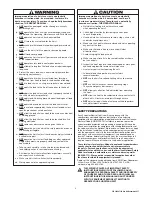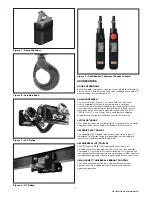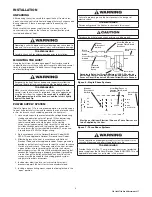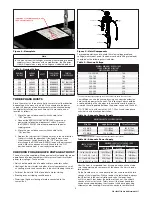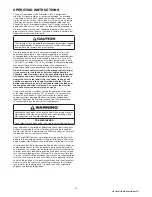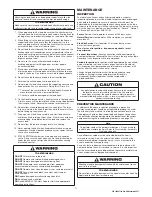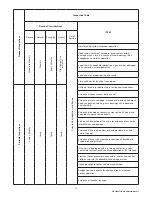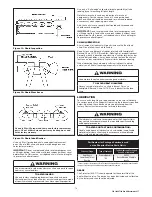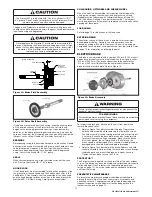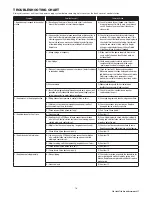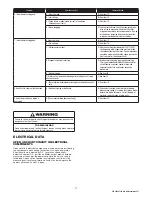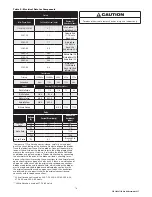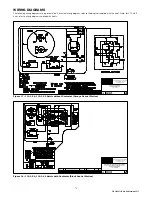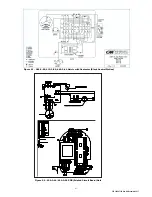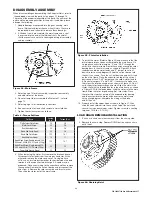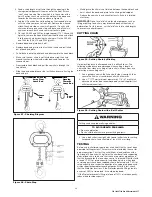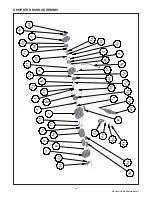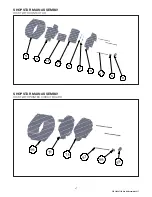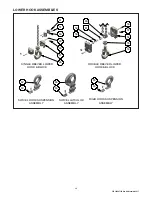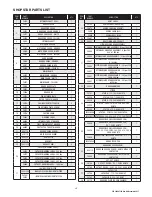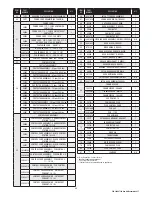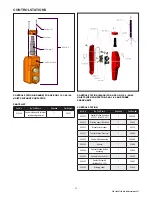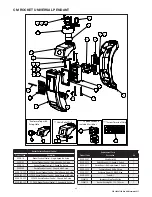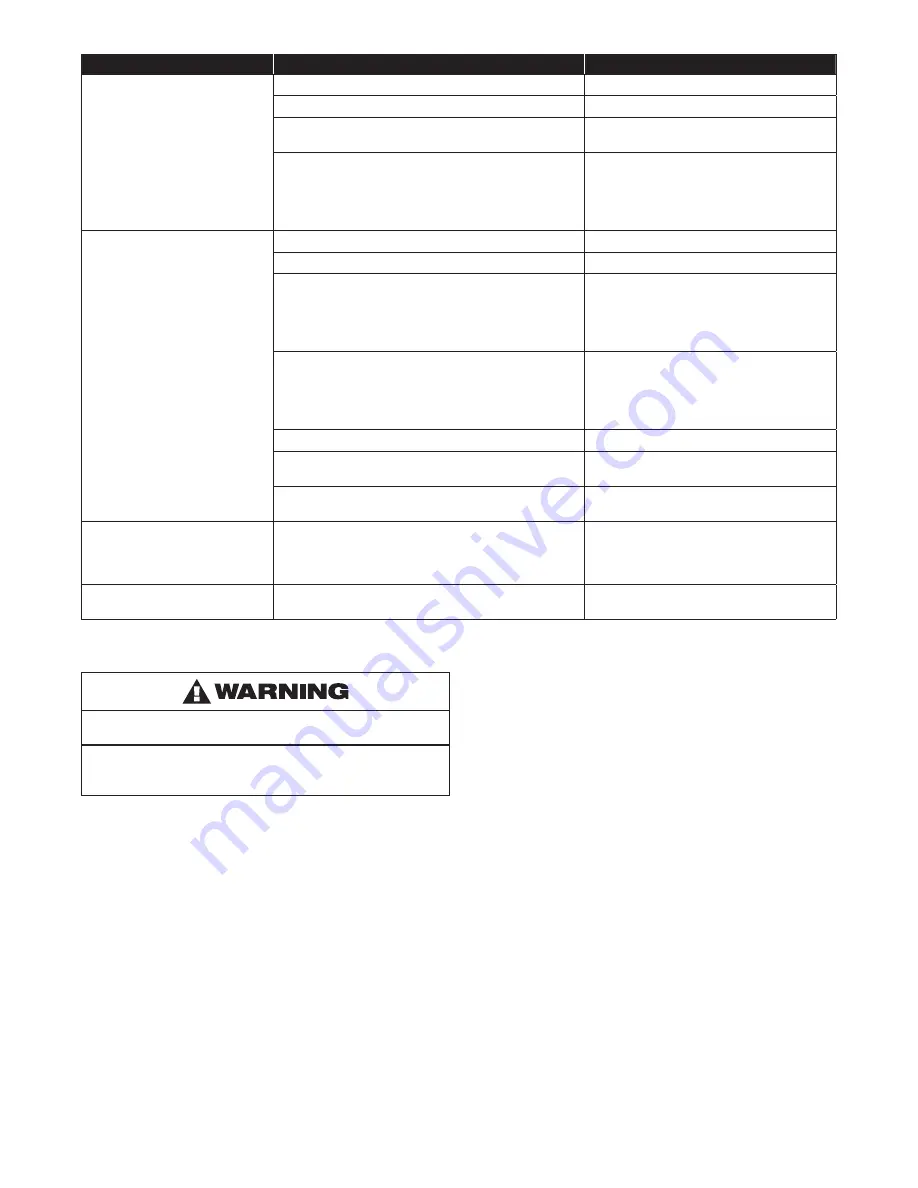
17
P/N 192047138 Rev AA November 2017
Symptom
Possible Cause(s)
Corrective Action
6.) Hoist operates sluggishly.
A.) Excessive load.
A.) See item 1F.
B.) Low voltage.
B.) See item 1D.
C.) Phase failure or unbalanced current in the phases
(three phase unit only).
C.) See item 1G.
D.) Brake dragging.
D.) Check electric brake. Check to make sure brake
disc is free to move on brake driver. Check for
warped or bent brake disc and base plate. Free-up
brake disc by removing burrs on driver. Replace
warped armature base plate or brake disc.
7.) Hoist operates sluggishly.
A.Excessive load.
A.) See item 1F.
B.) Low voltage.
B.) See item 1D.
C.) Extreme external heat.
C.) Above an ambient temperature of 104°F (40°C),
the frequency of hoist operation must be limited
to avoid overheating the motor. Special provisions
should be made to ventilate the space around the
hoist and shield it from radiant heat.
D.) Frequent starting or reversing.
D.) Avoid excessive inching, jogging and reversing.
This type of operation drastically shortens motor
cut-out device, capacitor, control station and
contactor contact life and causes excessive
brake wear.
E.) Brake dragging.
E.) See item 6C.
F.) Motor cut-out device not opening start winding circuit (single
phase units only).
F.) See item 3C.
G.) Phase failure or unbalanced current in phases (three phase units
only).
G.) See Item 1G.
8. Hook fails to stop in either direction.
A.) Brake not closing or ineffective.
A.) Check electric brake, and armature for binding,
broken brake spring, first pinion shaft broke, brake
driver worn, brake disc worn. Correct binding of
armature; replace broken or worn parts.
9. Hook lowers when up button is
depressed.
A.) Phase reversal (three phase units only).
A.) See Item 2C.
Failure to follow proper lockout/tagout procedures may present the
danger of electrical shock.
TO AVOID INJURY:
Disconnect power and lockout/tagout disconnecting means before
removing cover or servicing this equipment.
ELECTRICAL DATA
OPEN OR SHORT CIRCUIT IN ELECTRICAL
COMPONENTS
Open circuits in electrical components may be detected by isolating
the component and checking for continuity using an ohmmeter.
Short circuits are indicated by D.C. resistance substantially
below the nominal D.C. resistance. Motor current draw should be
measured at the end of the power cord while the hoist is raising
rated load. Check cut-out device (on single phase units only) by
measuring coil resistance (terminals 3 and 4) and making sure the
contact (terminals 2 and 4) is open.

